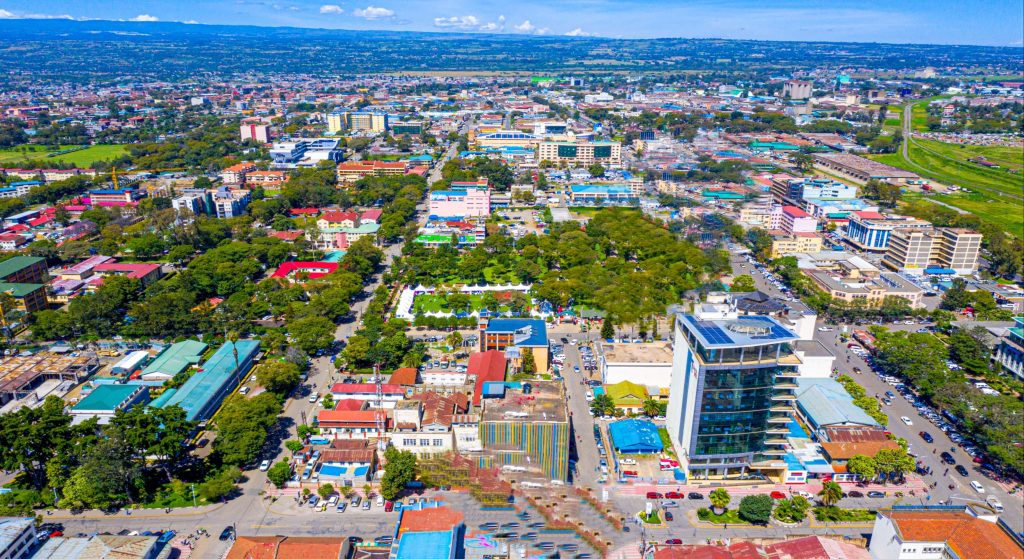- With temperatures on the rise, it's imperative to grasp the root causes, comprehend the far-reaching effects, and explore viable solutions to combat this pressing threat.
The urgency of addressing global warming must be addressed in today's world.
With temperatures rising, grasping the root causes, comprehending the far-reaching effects, and exploring viable solutions to combat this pressing threat is imperative.
This article serves as a comprehensive guide, offering insights into the complexities of global warming and urging collective action to safeguard our planet's future.
Understanding Climatic Dynamics
To appreciate the gravity of global warming, we must first examine the climatic shifts dating back to the last glaciation period.
Read More
Over nearly a million years, the Earth has experienced natural climate cycles. However, the current surge in global temperatures is predominantly attributed to human activities.
Unraveling the Causes
At the heart of global warming lies the accumulation of greenhouse gases in the atmosphere, which trap heat and disrupt the Earth's natural balance.
While natural factors play a role, human-induced activities, notably burning fossil fuels, have propelled this phenomenon at an alarming rate.
Decoding the Greenhouse Effect
The greenhouse effect, a natural mechanism crucial for maintaining life-sustaining temperatures, has been exacerbated by excessive greenhouse gas emissions.
Carbon dioxide, methane, nitrous oxide, and synthetic fluorinated gases are among the culprits intensifying this effect.
The Human Footprint on Climate
Human endeavours such as transportation, energy production, and industrial processes significantly contribute to greenhouse gas emissions.
These activities directly influence climate patterns, exacerbating the global warming crisis.
Identifying Key Greenhouse Gases
Carbon dioxide, stemming mainly from fossil fuel combustion, takes the lead among greenhouse gases.
Methane, emitted notably through agricultural practices like livestock farming, contributes significantly.
Additionally, nitrous oxide and fluorinated gases further compound the greenhouse effect.
The Role of Water Vapor
While water vapour is a natural component of the atmosphere, its amplifying effect on the greenhouse effect is accentuated by global warming.
As temperatures escalate, increased water vapour levels create a feedback loop, intensifying the warming process.
Impact of Land-Use Changes
Deforestation and alterations in land use patterns add fuel to the global warming fire.
Forests, pivotal in absorbing carbon dioxide, suffer from widespread deforestation, resulting in escalated greenhouse gas emissions.
Foreseeing the Effects
The repercussions of global warming extend far and wide, posing grave threats to the environment and human society.
From altering climate patterns to endangering coastal communities, the consequences are dire.
Visualizing Future Climate Scenarios
Climate models enable scientists to project future climate scenarios, offering insights into temperature fluctuations, precipitation changes, and regional climate shifts driven by global warming.
Addressing Rising Sea Levels
The melting of glaciers and polar ice caps, a direct consequence of global warming, spells trouble for coastal regions, heightening flooding and erosion risks.
Ecological and Socioeconomic Ramifications
Global warming disrupts ecosystems, imperils biodiversity, and triggers socioeconomic upheavals such as population displacement, increased incidence of extreme weather events, and agricultural disruptions.
Advancements in Climate Research
Extensive research endeavours employing modern observations and analyzing pre-historical climate records aid in understanding the intricacies of global warming and formulating theoretical climate models to predict future trends.
Proposed Solutions
Combatting global warming necessitates a concerted effort across all sectors.
Transitioning to renewable energy sources, enhancing energy efficiency, promoting reforestation, and adopting sustainable land management practices are viable solutions to mitigate this crisis.







